Tag/ce certification pljl 2b two stat coq
-
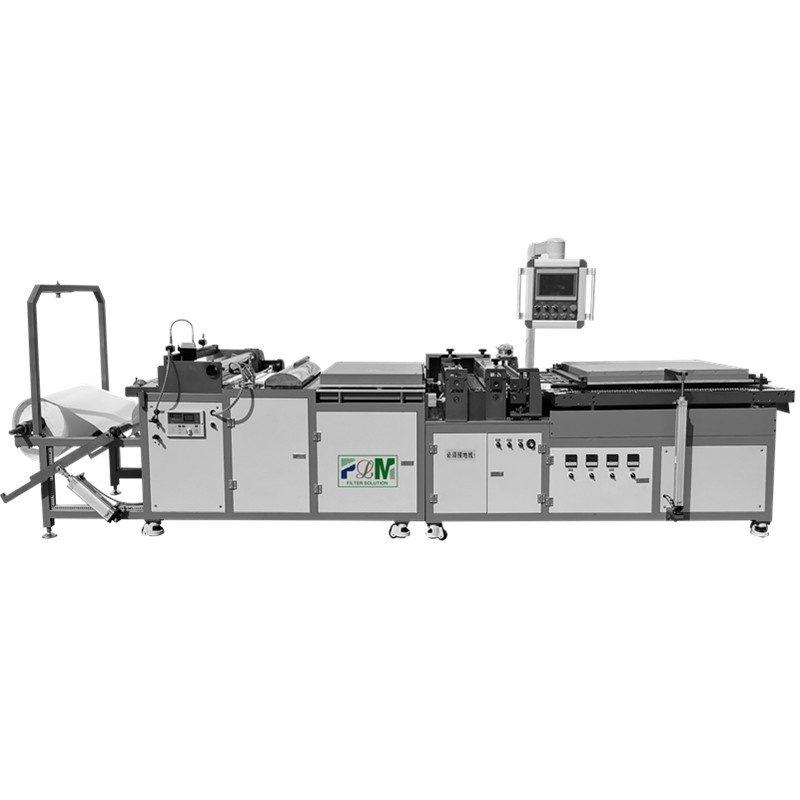 LM-ZZ-5 Drum type air filter origami (800 type)
LM-ZZ-5 Drum type air filter origami (800 type) -
 PLAB-6 A B Two compounds filter End Cap Gluing Machine
PLAB-6 A B Two compounds filter End Cap Gluing Machine -
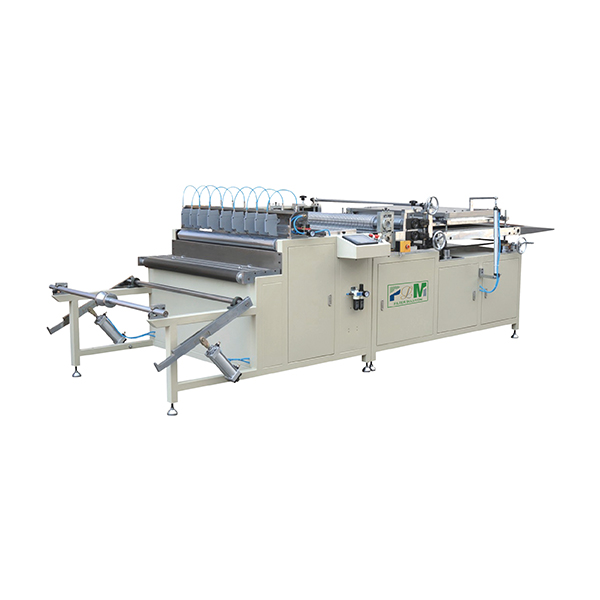 Plgt-1000n Newest Full-auto Rotary Filter Paper Pleating Production Line
Plgt-1000n Newest Full-auto Rotary Filter Paper Pleating Production Line -
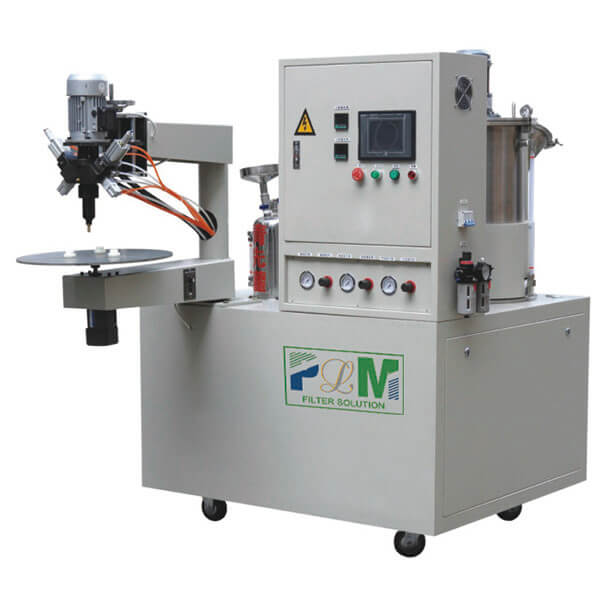 PLAB -2 AB Two Compounds Filter End Cap Gluing Machine
PLAB -2 AB Two Compounds Filter End Cap Gluing Machine -
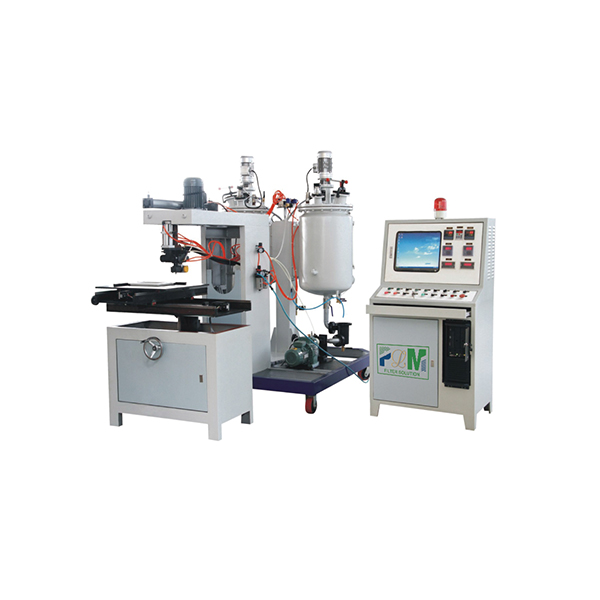 PU-20F Full-auto Casting Machine On Seal Packing In Filter Element
PU-20F Full-auto Casting Machine On Seal Packing In Filter Element -
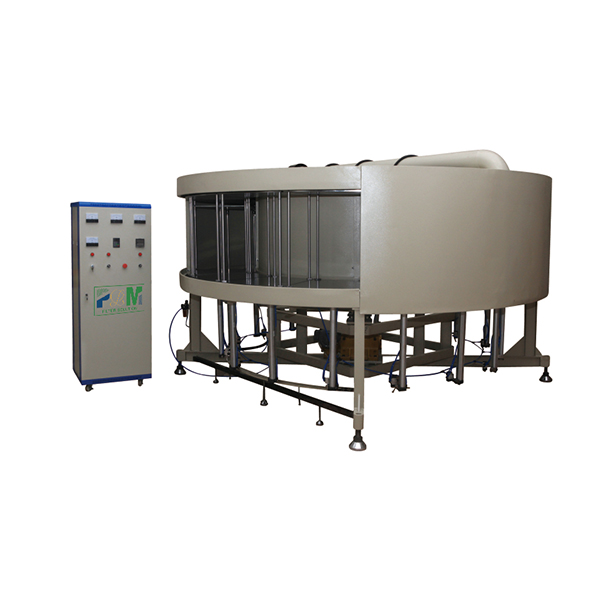 PLTK-16 Fully Automatic 16-station Air Filter Rotary Disc Drying Line
PLTK-16 Fully Automatic 16-station Air Filter Rotary Disc Drying Line -
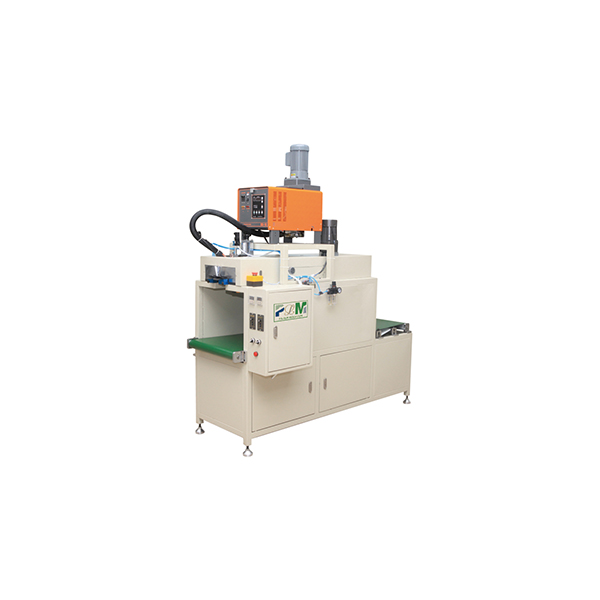 PLRZ-1000N Full-auto Hot Melt Filter Paper Bonding Machine
PLRZ-1000N Full-auto Hot Melt Filter Paper Bonding Machine -
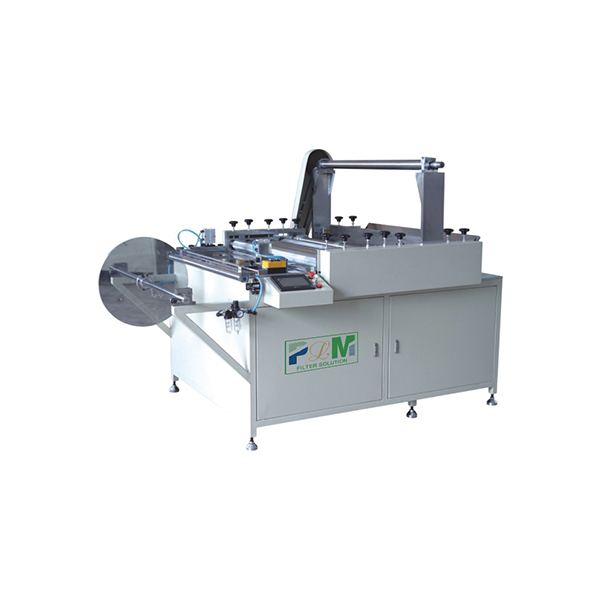 PLJY350-1000 The Air Filter Section Off The Net Rolling Machine
PLJY350-1000 The Air Filter Section Off The Net Rolling Machine -
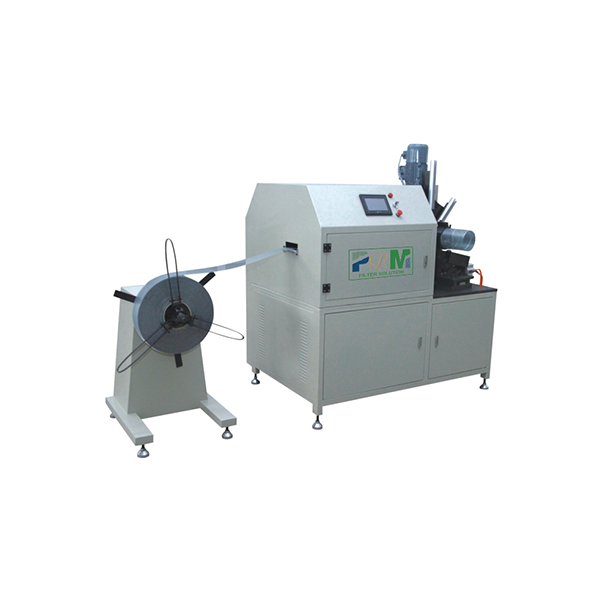 PLJY109-500 Full Automatic Air Filter Diamond Mesh Spiral Pipe Center Crimping Machine
PLJY109-500 Full Automatic Air Filter Diamond Mesh Spiral Pipe Center Crimping Machine -
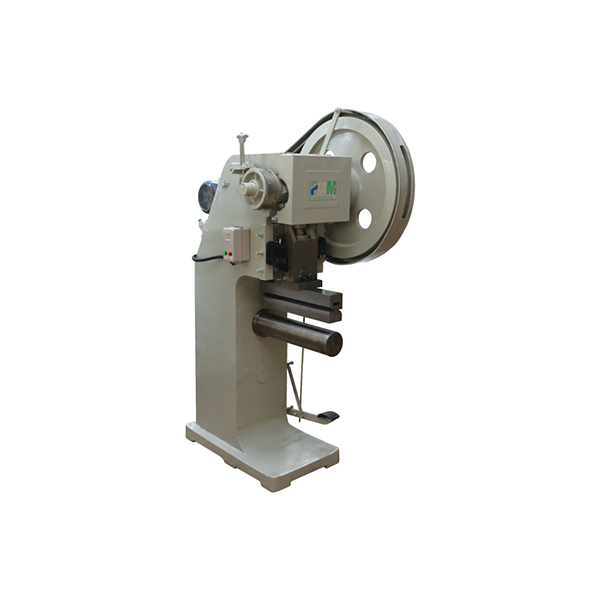 PLGY-500 Large Air Filter Outer Screen Hook Edge And Flattening Machine
PLGY-500 Large Air Filter Outer Screen Hook Edge And Flattening Machine
Produtct Title
ce certification pljl 2b two stat coq-
PLFJ-2 Panel Air Filter Gluing Machine
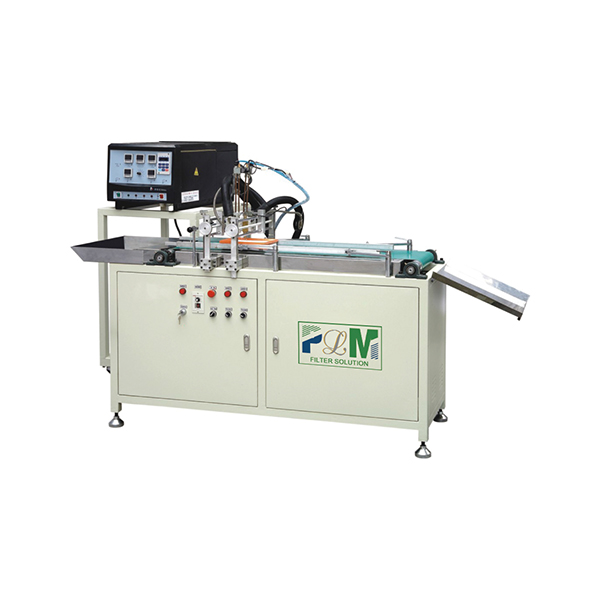
-
PLDK-2 The Air Filter Cover Sealing Glue Injection Machine
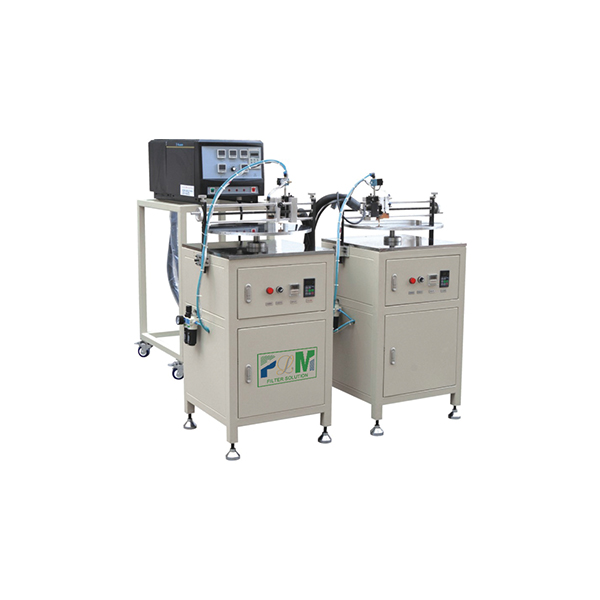
-
PLDH-1 Large Air Filter Spot Welding Machine
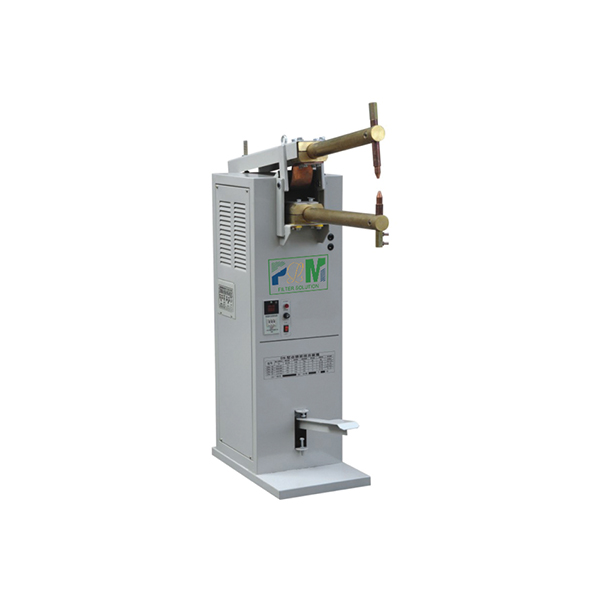
-
Heavy Duty Air Filter Conical Air Filter
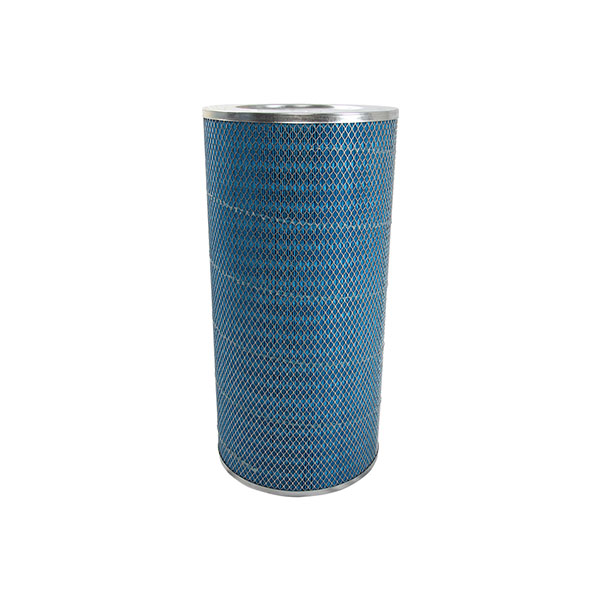
-
Heavy Duty Air Filter Flange Filter
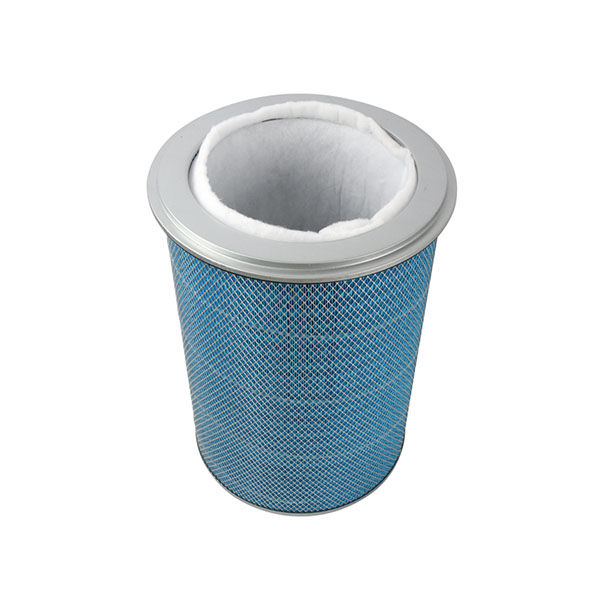
-
Heavy Duty Air Filter Dust Air Filter
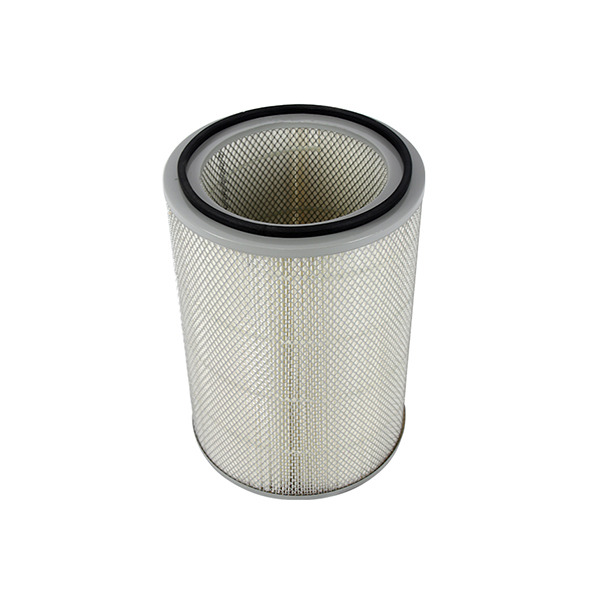
-
Heavy Duty Air Filter 17801-0C010
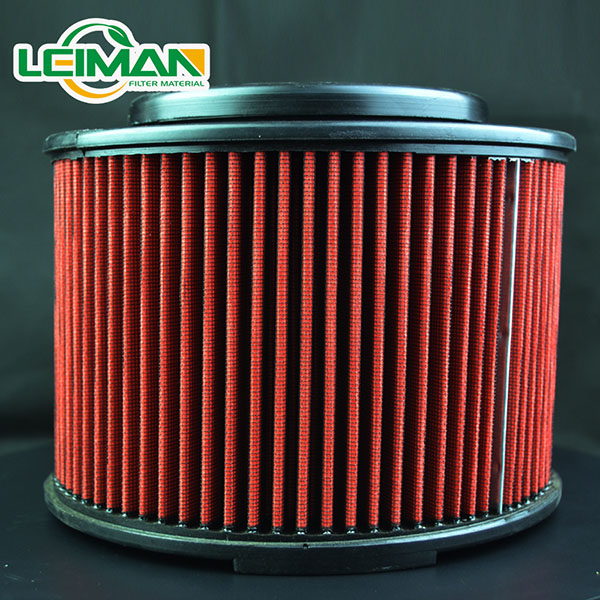
-
Heavy Duty Air Filter
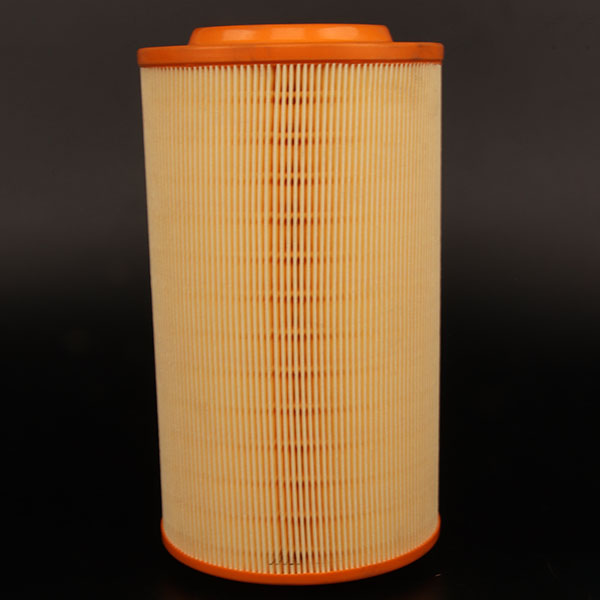
-
Rubber Seal
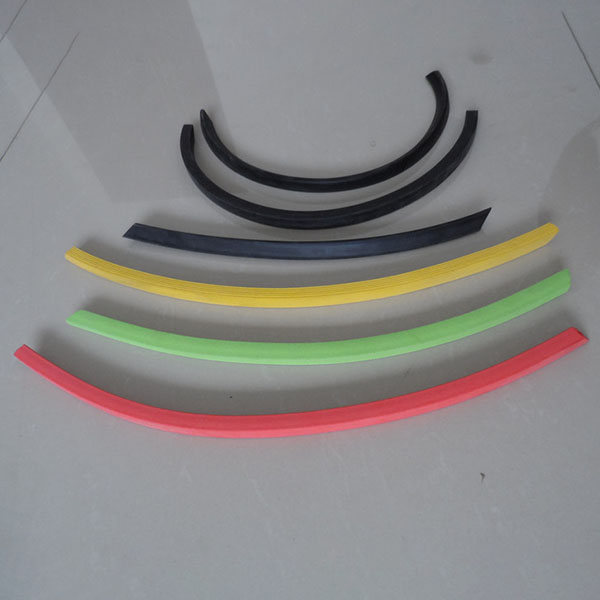
-
Truck Filter Plastic Mold
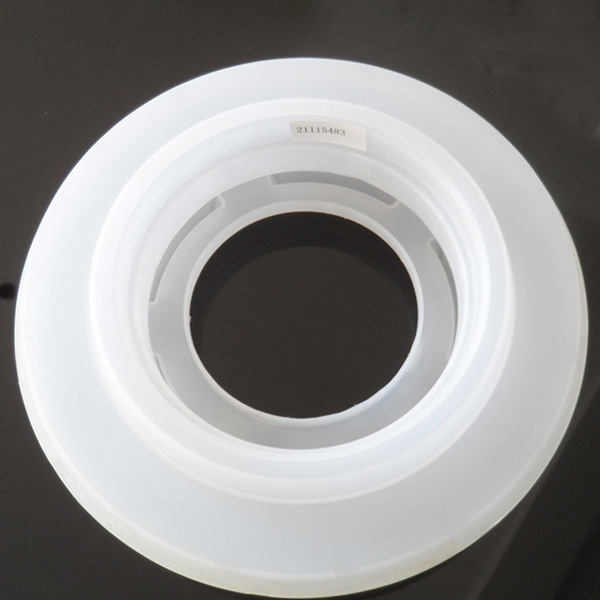
-
PLJT-250-25 Full-auto Turntable Clipping Machine
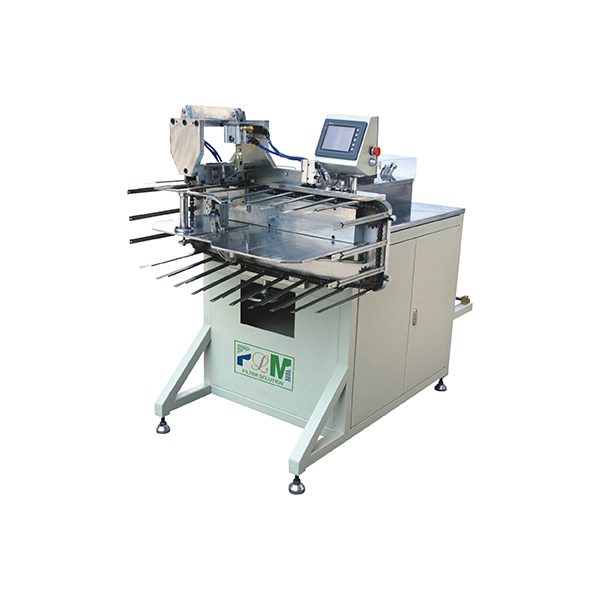
-
PLXB-1 PU Trimming Machine

-
PLGT-420 Full-auto Rotary ECO Filter Paper Pleating Production Line
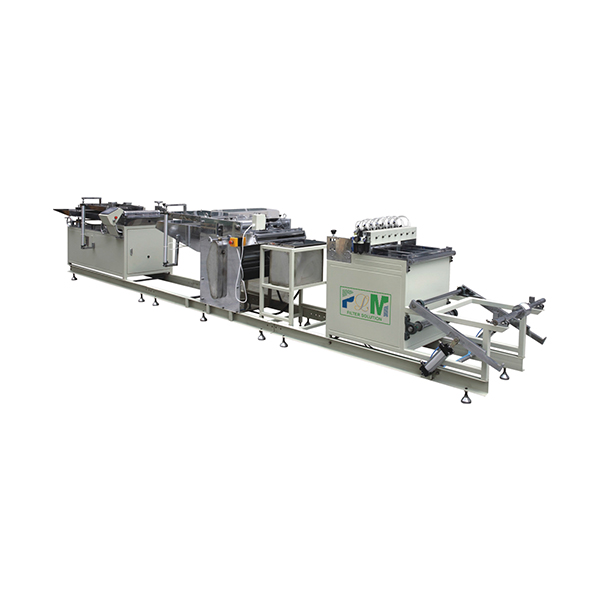
-
PLCZ 55-600-II Full-auto Knife Paper Pleating Production Line
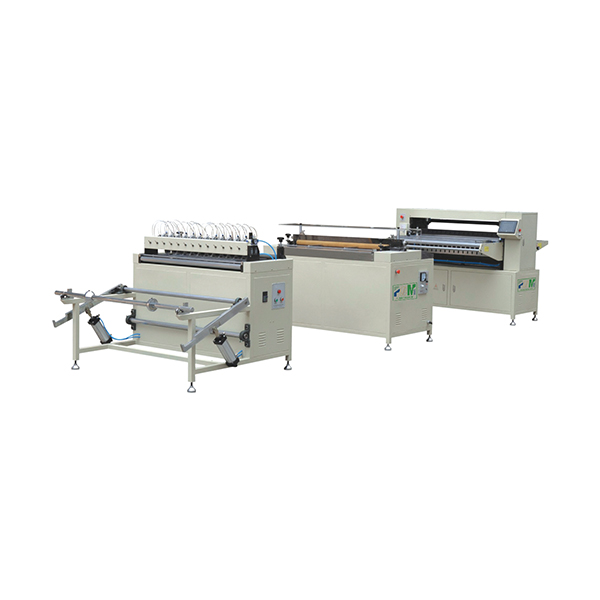
Related News
-
2024-11-22Mann+Hummel cabin air filters meet CN95 certificationCN95 certification is based on test standards previously developed by the CATARC research institute in its market study on the Chinese cabin air filter market. Mann+Hummel is supporting vehicle manufacturers in the certification process.
-
2024-11-22Mann+Hummel cabin air filters meet CN95 certificationCN95 certification is based on test standards previously developed by the CATARC research institute in its market study on the Chinese cabin air filter market. Mann+Hummel is supporting vehicle manufacturers in the certification process.
-
2024-11-22Mann+Hummel cabin air filters achieve CN95 certificationCN95 certification is setting new standards in the cabin air filter market, although it is not yet a mandatory requirement for the sales of cabin air filters in China.
-
2024-11-22Hengst develops pre-filter for extraction systemsThe pre-filter was developed by Hengst Filtration and the development of the housing was a joint effort between Hengst and TBH. All extraction systems sold by TBH GmbH as part of its DF-series will now be equipped with the InLine patient filter.
-
2023-08-11Introduction of air filterConstituent materials a
-
2024-11-22The filter screen shall be replaced in time for the use of fresh air fanThe primary filter screen of the fresh air fan can filter more than 10 μ m of air pollution particles; the filter materials of the medium and high efficiency filter screens are significantly denser and tighter than the primary filter screen of the first layer, and can filter PM2.5 and smaller nanometer ultra-fine particles, the pore diameter of which is very small, playing a precise and fine filtering role in the whole air duct.
-
2024-11-22The advantages of regular maintenance of automobile filter
-
2023-08-11How to clean the filter in winterAccording to the maintenance cycle of the vehicle, when the ambient air quality is generally good, it is sufficient to clean the air filter regularly every 5000 kilometers. However, when the ambient air quality is poor, it is best to clean it every 3000 kilometers in advance. , Car owners can choose to go to the 4S shop to clean up, or you can do it yourself.
-
2024-11-22Mann+Hummel and Alba Group extend filter roof box partnershipFiltration specialist Mann+Hummel and recycling and environmental services company Alba Group are expanding their partnership to tackle vehicle emissions.
-
2024-11-22Mann-Filter leverages recycled synthetic fibersMann+Hummel announced its Mann-Filter air filter C 24 005 is now utilizing recycled synthetic fibers.
-
2024-11-22The filter element of gasoline filter mostly uses filter paperGasoline filter is abbreviated as steam filter. Gasoline filters are divided into carburetor type and electronic injection type. For gasoline engines that use carburetor, the gasoline filter is located on the inlet side of the fuel transfer pump. The working pressure is relatively small. Generally, nylon shells are used. The gasoline filter is located on the outlet side of the fuel transfer pump, and the working pressure is relatively high. A metal casing is usually used. The filter element of the gasoline filter mostly uses filter paper, and there are also gasoline filters that use nylon cloth and molecular materials. The main function is to filter out impurities in the gasoline. If the gasoline filter is dirty or clogged. In-line filter paper gasoline filter: The gasoline filter is inside this type of gasoline filter, and the folded filter paper is connected to the two ends of the plastic or metal/metal filter. After the dirty oil enters, the outer wall of the filter passes through layers of filter paper After filtering, it reaches the center and clean fuel flows out.
-
2023-08-25Precautions when using the air filterAir filtration has three modes: inertia, filtration and oil bath. Inertia: because the density of particles and impurities is higher than that of air, when the particles and impurities rotate or make sharp turns with the air, the centrifugal inertial force can separate impurities from the gas stream.
-
2024-11-22Get in the habit of checking the filter frequentlyThe filter element of the air cleaner is divided into two types: dry filter element and wet filter element. The dry filter element material is filter paper or non-woven fabric. In order to increase the air passage area, most of the filter elements are processed with many small folds. When the filter element is slightly fouled, it can be blown with compressed air. When the filter element is seriously fouled, it should be replaced with a new one in time.
-
2023-08-25Filter industry developmentSince China joined WTO in 2001, it has entered the tenth year. China’s automobile industry has achieved rapid development during this decade. And the automotive filter industry, which is inseparable from the development of the entire vehicle, has also developed rapidly. Water rises. My country exported 58.775 million auto filters, an increase of 13.57% over 2010, and the amount involved was US$127 million, an increase of 41.26% over 2010.
-
2024-02-19Filter Material-The Definitive Air Filter GuideWith lingering air quality problems both inside and out, many people are turning to air purifiers to create healthier, cleaner air in the home. These air purifiers use numerous technologies and have many different components.One of the most important components, however, is the air filter. Although some air purifiers do not have filters, most models do. Just like the purifiers themselves, these filters come in many different shapes, sizes, and materials. They also meet many different purposes.Understanding how these filters work is crucial if you are going to make the right choice for your home or office. When you know the various types of filters, as well as their unique purposes, you can make a smart decision for your specific air quality needs...
-
2024-09-02Filter Material-What is a filter cloth?At K2TEC, the term filter cloth for industrial filtration covers all products that are manufactured using a so-called complex weave as opposed to mesh filter fabrics, which are a square weave.Filter cloths have different types of yarns such as monofilament, multifilament, staple fibre, in different natural or synthetic materials such as polyester, polyamide (nylon), polypropylene, PTFE (teflon)…These filter cloths offer filtration ratings from 1 micron to 1000 microns. This type of fabric is generally used in solid-liquid separation but also in air filtration, either directly or as a support for finer specific filter media.Generally on this type of filter fabrics, the filtration rating is of great importance but also the permeability to increase the efficiency of the filter, the mechanical resistance and the dimensional stability. Finally a capacity for cleaning and discharging filter cake.
-
2024-02-19Filter Material-Different Types of Materials Used in HVAC FiltersAlong with fiberglass, some HVAC filters are made of pleated cotton.They consist of the same cotton used in countless other everyday products. The cotton is pleated and formed into an HVAC filter for the purpose of air filtration.You might be surprised to learn that pleated cotton HVAC filters are even more effective at removing particulate matter from the air than fiberglass HVAC filters. On the Minimum Efficiency Reporting Value (MERV) scale, they have a rating of six to 13, compared to just three to four for that of fiberglass HVAC filters.Another advantage of pleated cotton HVAC filters is their ability to produce static electricity.Why is this important? When a pleated cotton HVAC filter produces static electricity, particulate matter will cling to it.With that said, pleated cotton HVAC filters are more expensive than fiberglass HVAC filters, and they usually have a shorter lifespan.
-
2024-02-19Filter Material-FiltrationFiltration is a physical separation process that separates solid matter and fluid from a mixture using a filter medium that has a complex structure through which only the fluid can pass. Solid particles that cannot pass through the filter medium are described as oversize and the fluid that passes through is called the filtrate.[1] Oversize particles may form a filter cake on top of the filter and may also block the filter lattice, preventing the fluid phase from crossing the filter, known as blinding. The size of the largest particles that can successfully pass through a filter is called the effective pore size of that filter. The separation of solid and fluid is imperfect; solids will be contaminated with some fluid and filtrate will contain fine particles (depending on the pore size, filter thickness and biological activity). Filtration occurs both in nature and in engineered systems; there are biological, geological, and industrial forms.[2]
-
2024-02-19Filter Material-how to choose the appropriate filter materialA hydrophobic membrane, such as polytetrafluoroethylene (PTFE) will resist any aqueous sample, creating back pressure. Although it is sometimes possible to overcome this back pressure with additional force, there is a risk of membrane rupture and incomplete filtration.Should there be no alternative, pre-wetting the membrane with an alcohol can reduce this back-pressure effect.PTFE and other hydrophobic materials are well suited to organic samples and solvents, which result in no resistance or back pressure. However, some organic solvents can absorb into the membrane material, especially when in contact for long periods.This absorption makes the material swell, reducing pore size and affecting the performance of the filter. Some solvents might also chemically attack the material, releasing extractables into the filtrate. In rare cases, a solvent might partly or fully dissolve the membrane, resulting in breakthrough and potential contamination of the sample.Aqueous samples are unlikely to damage most membrane materials, particularly hydrophilic. However, pH is a significant factor in determining membrane compatibility.Strongly acidic or alkaline solvents might not immediately damage a membrane but can have an effect over time. As such, only highly inert membranes such as PTFE are suitable for high and low pH samples.
-
2024-02-19Filter Material-Different Types of Filter Media/Fabric Rolls And Their BenefitsFiltration systems are essential components of everyday life whether you are at home, driving to work or in an industrial setting. Homes and offices need air filtration systems to keep the air free from dust and contaminants. Vehicles and heavy machinery need oil and fuel filtration systems to prevent the contamination of their engines. Industrial facilities use filtration systems to purify their waste gases and wastewater before disposal.The efficiency of all filtration devices relies on the quality of their filtration media. Yet, the substance and contaminants you are dealing with determine the type of filtration devices and filter media roll you use. This article draws attention to different types of filtration fabric media and their benefits. Read on if you would like to find out more about these types of filter media.
Related Search
- filter machine
- air filter making machine
- air filter producing machine
- filter manufacture machine
- car pu air filter production line
- cabin air filter production line
- toyota air filter production line
- pp air filter production line
- eco oil filter production line
- spin-on oil filter production line
- truck air filter machines
- truck air filter producing machine
- truck air filter manufacturing machine
- heavy duty air filter machine
- pu penal air filter machine
- pu air filter producing machines
- pu air filter making machine
- cabin air filter machine
- cabin air filter producing machine
- cabin air filter making machine
- toyota air filter machine
- toyota air filter producing machine
- toyota air filter making machine
- japanese car air filter machine
- pp air filter machine
- pp air filter producing machine
- pp air filter making machine
- eco oil filter machine
- ecooil filter producing machine
- eco oil filter making machine
